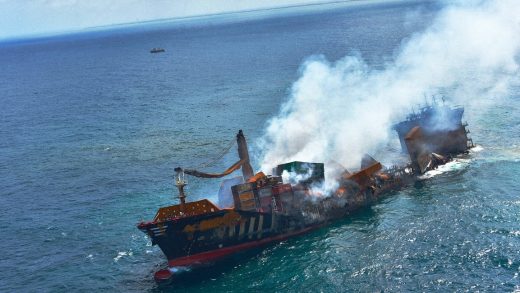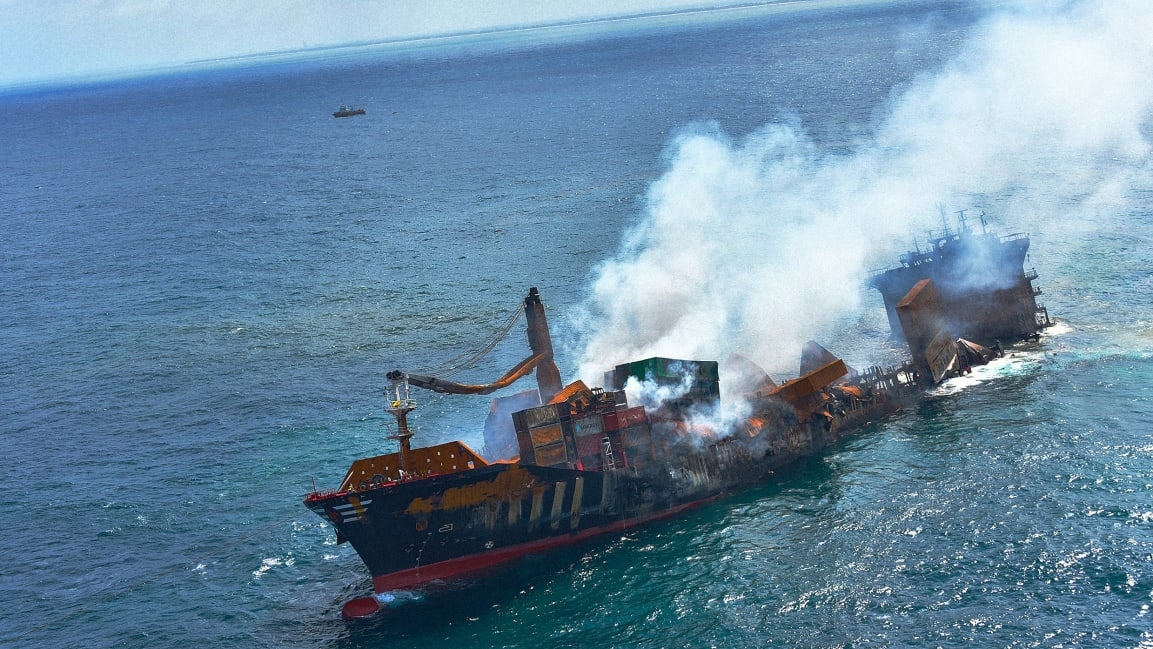A decade after Deepwater Horizon, we’re still cleaning up oil spills the same way
Off the coastline of Sri Lanka, where a burning cargo ship has been spilling toxic chemicals and plastic pellets over the past two weeks, the government is preparing for the next possible stage of the disaster: As the ship sinks, it may also spill some of the hundreds of tons of oil in its fuel tanks.
The government is readying oil dispersants, booms, and oil skimmers, all tools that were used in the massive Deepwater Horizon oil spill in the Gulf of Mexico in 2010. They didn’t work perfectly then—more than 1,000 miles of shoreline were polluted—and more than a decade later, they’re still commonly used. But solutions that might work better are under development, including reusable sponges that can suck up oil both on the surface and underwater.
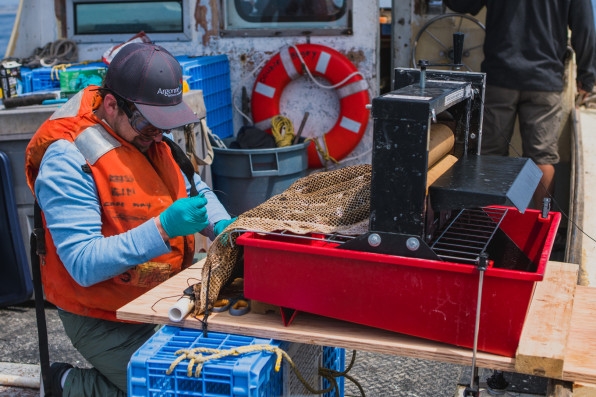
Dispersants, one common tool now, are chemicals designed to break up the oil into tiny droplets so that, in theory, microorganisms in the water can break down the oil more easily. But at least one study found that dispersant could harm those organisms. Deep-sea coral also appears to suffer more from the mix of dispersant and oil than oil alone. Booms are designed to contain oil on the surface so it can be scraped off with a skimmer, but that only works if the water’s relatively calm, and it doesn’t deal with oil below the surface. The oil on the surface can also be burned, but it creates a plume of thick black smoke. “That does get rid of the oil from the water, but then it turns a water pollution problem into an air pollution problem,” says Seth Darling, a senior scientist at Argonne National Laboratory who developed an alternative called the Oleo Sponge.
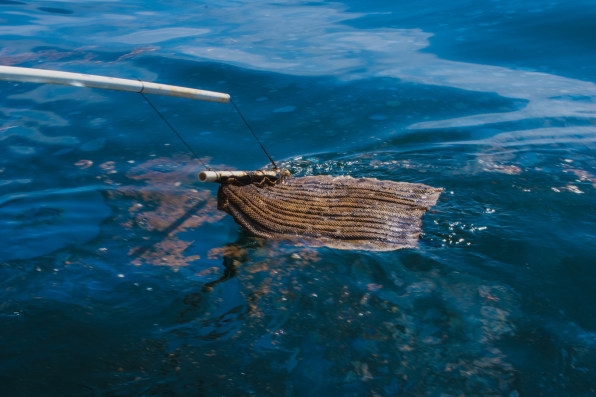
The sponge, a modified version of foam, is oleophilic, meaning oil is drawn to it, and can soak up oil even below the surface of the water. When it’s fully saturated with oil, it can be wrung out, the oil can be put to another use, and the sponge can be reused. It could be built into a type of skimmer that runs over the surface of the water like a conveyor belt. “You could imagine a continuous roll of the sponge, and you’d basically be able to squeeze and extract oil from the top,” Darling says. Fishing trawlers that normally drag nets could pull a mesh of the material through the water to collect oil under the surface.
The basic technology was ready in 2017, and has been tested both in a large seawater tank and on a natural oil seep off the coast of California. It’s available for companies to license and produce, but it’s challenging to bring to market. One issue is manufacturing: One step is straightforward, but another uses a technique invented at Argonne Labs. The technique was developed 10 years ago, “but in the world of materials synthesis techniques, that’s still young,” he says. “So, as of today, I’m not aware of any existing manufacturing company that has the equipment to perform that step at large scale.” Companies will have to be willing to invest to produce it, though Darling says that it would make economic sense for the firms that handle oil spill remediation.
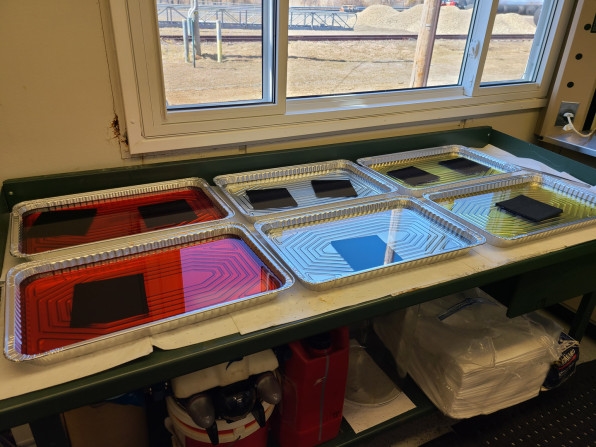
Researchers at Northwestern University developed another reusable sponge with a magnetic coating that also attracts oil, absorbing more than 30 times its own weight. It can be reused up to 40 times. The efficiency means that it can be carried on board a ship, something that the developers think should be mandatory. “If you look at a typical boat ride, you’re required by law to have life vests on board,” says Vinayak Dravid, a materials science and engineering professor at Northwestern, who spun the technology into a startup called MFNS Tech. “When you are carrying toxic cargo, there [should also] be some mitigation strategy in place on board. Right now, a disaster happens, you call, and then by the time help arrives, the poisons disperse and have already gone to the shore. And it’s a cleanup for years and years.” The team ran a large test in March and will soon release a report that shows that the technology performs better than anything on the market now and is cost effective, he says.
Others are working on different solutions, like a team from two German universities that developed a system of wood chips that can be dropped in the water to collect oil even in rough weather, when current tools don’t work well. The system is ready for deployment if a spill happens in the Baltic Sea. Another earlier-stage solution proposes using a robot to detect and capture oil.
Oil spills happen regularly now, and may happen even more in the future as melting permafrost in the Arctic makes more pipelines burst, and melting ice in the Arctic opens up new shipping routes. The technology may see even more call for use. Of course, there’s another possibility: Society could shift away from fossil fuels and oil-based products like the plastic pellets now lining the beach in Sri Lanka. “I think the sad truth is that there just really isn’t a good way to clean up oil spills,” says Jacqueline Savitz, chief policy officer at the nonprofit Oceana. “That was true in Deepwater Horizon, and it’s still true today. These are the hidden costs of our petrochemical economy. They’re rarely considered in making decisions about how much of this stuff we need to be using, whether it’s oil or whether it’s plastic. Then something like this happens, and everyone says, What can we do? And the answer is, well, we can stop using this stuff. That’s the only way we’re going to end up with, you know, not having these crises in our oceans.”
Fast Company , Read Full Story
(43)

